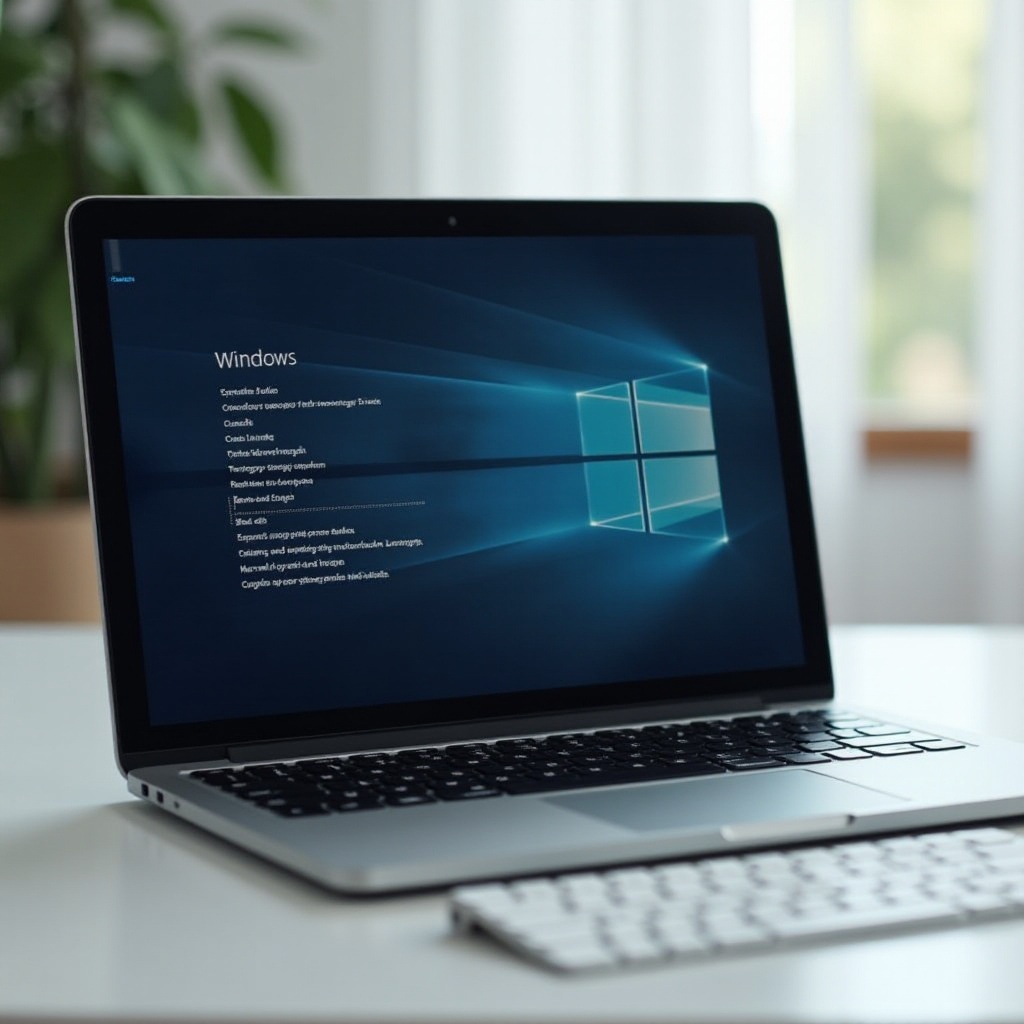Accessing the boot menu in Windows 10 is essential for diagnosing system issues, managing boot devices, and configuring startup settings. This guide provides multiple methods to open the boot menu, complete with detailed steps and helpful tips.
Introduction
The boot menu is crucial for users who need control over startup options and troubleshooting. Many users are unaware of how to efficiently access this menu on Windows 10. This guide outlines the various ways to open the boot menu, ensuring you can handle system management effectively.
Knowing how the boot menu functions enhances your capability to resolve issues and configure your system’s boot behavior. Whether facing a boot problem or setting up your machine to start from an external device, accessing the boot menu is your first step. Here’s how you do it.

Understanding the Boot Menu in Windows 10
The boot menu serves key functions like selecting boot devices, entering Safe Mode, and performing system recovery. It becomes an indispensable tool when troubleshooting startup issues or setting boot priorities. Differing slightly from BIOS/UEFI settings, the boot menu specifically addresses boot sequence and device priorities. Understanding its features and uses ensures effective computer management.
With a clear understanding of the boot menu’s functionalities, you’re better prepared to execute the various methods for accessing it, moving us to our first practical approach.
Method 1: Accessing the Boot Menu via System Settings
One straightforward way to reach the boot menu is through Windows 10 System Settings.
- Open ‘Settings’: Click the Start menu and select the gear-shaped ‘Settings’ icon.
- Navigate to ‘Update & Security’: Within ‘Settings’, choose ‘Update & Security’.
- Select ‘Recovery’: Click on ‘Recovery’ in the left sidebar.
- Choose ‘Restart now’ under ‘Advanced startup’: Your computer will reboot into the menu.
- Open Boot Menu: After restarting, select ‘Troubleshoot’ > ‘Advanced options’ > ‘UEFI Firmware Settings’ and click ‘Restart’.
While System Settings offer a user-friendly method, using BIOS/UEFI settings provides deeper access to the boot process.
Method 2: Using BIOS/UEFI Settings
BIOS or UEFI settings offer direct control over boot configurations. Accessing these settings requires interrupting the startup process. Here’s a step-by-step guide:
- Restart Your Computer: Begin by rebooting your system.
- Enter BIOS/UEFI: During boot, press the key indicated for setup—typically F2, Del, or Esc.
- Access the Boot Tab/Menu: Use arrow keys to navigate to the ‘Boot’ menu.
- Configure Boot Settings: Alter the boot device order or adjust boot options.
- Save and Exit: Save changes and exit to reboot normally.
For even quicker boot menu access, consider using keyboard shortcuts as outlined in the next section.

Method 3: Quick Access Using Keyboard Shortcuts
Keyboard shortcuts offer a fast and efficient method for accessing the boot menu.
- Restart Your Computer: Initiate a system restart.
- Press the Shortcut Key: As the system reboots, press the key for your brand’s boot menu. Common keys include F12, F11, or Esc.
- Access the Menu: If successful, the boot menu will appear, allowing selection of the boot device.
Inevitably, some might encounter issues in this process. Our next section addresses how to troubleshoot these access problems effectively.
Troubleshooting Common Boot Menu Access Issues
If accessing the boot menu proves challenging, consider these solutions:
- Verify Keyboard Connection: Ensure external keyboards are properly connected.
- Check Setup Key: Confirm the correct boot menu key for your computer model.
- Reset BIOS/UEFI Settings: If necessary, reset settings to default, typically found in the BIOS/UEFI menu.
Following these troubleshooting steps can help you access the boot menu efficiently, ensuring successful system configuration.

Conclusion
Knowing how to access the boot menu is a vital skill for troubleshooting and system management. By following this comprehensive guide, you’ll be equipped to handle various boot-related tasks with confidence. Practice these methods regularly to familiarize yourself with the process, ensuring effective system oversight and problem-solving capabilities.
Frequently Asked Questions
How do I access the boot menu on HP laptops?
Most HP laptops open the boot menu with the ‘Esc’ or ‘F9’ key during startup.
Can I open the boot menu without restarting?
Opening the full boot menu requires a restart, though some startup options are accessible via Windows Settings.
What should I do if I can’t access the boot menu?
Check keyboard connections, confirm the setup key, or reset BIOS/UEFI settings to default.
